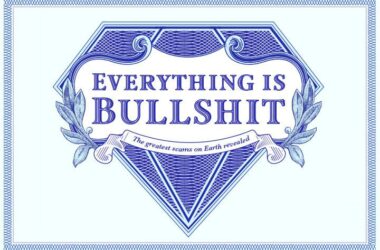A good friend of mine recommended this light reader a couple of weeks ago:
Covered Calls Made Easy: Generate Monthly Cash Flow by Selling Options
It’s a fairly short book, written and published recently, about how to sell covered call options in the stock market. Essentially:
- You sell options to someone else to buy a stock at a certain strike price some time in the future,
- You enter into a contract with buyers, who can call their options profitably if the stock ends up raising above that price,
- You are covered by actually owning the underlying stock1
The money made is by pricing and selling these options contracts. The book recommends looking at calls 30 days out (i.e., a month), for stocks that are fairly large and stable, with the strike price just slightly above the current prices. The bet is to make income on selling the contracts themselves, and the main downside is that if the stock does really well within the contract duration, the options trader has capped their own gains on the stock. The call options are most valuable to the seller if they’re worthless to the buyer (i.e., the stock never reaches the strike price, there’s no reason to exercise the option to buy the stock when getting the stock in the open market is cheaper).
Now, what the book claims is that it’s possible to eek out 1.5–2% gains with these covered calls every month. Annualized, this comes out to 20%+, which would be amazing if the returns were consistent. The stock market doesn’t average out much more than 7% annually, while index funds that peg themselves to overall market trends are winning out over active funds — which are only attractive because they promise to beat the market by a few percentage points. Consistently tripling the S&P would be a gigantic feat of investment prowess.
I suspect the reason the world isn’t afire with call options is that the 1–2% monthly gains only happen in ideal scenarios. It’s telling that the author picks a month of application of this strategy, and extrapolates to the 20% annual returns instead of showing how he actually accomplishes this feat over even one full year. Indeed, the way markets work is that if there is a stock that remains stable month after month, these call option contracts would be worth less as investors picked up on the trend, and selling them would be increasingly less profitable.
That said, I’m willing to try this out. The risk is fairly limited and is mostly on just “missing out” on the upside; it may be that this strategy is attractive because it plays to our cognitive biases around loss aversion. I figure just one successful experiment pays for the book.
The alternative and much riskier trade is naked call options. You, as the seller, are able to sell options to stocks you don’t own — so you can sell a lot more of them — but you have to scramble to buy the stock if the options are ever called. The added leverage in not owning the underlying stock works against you when the trade is a loss.↩




I have been selling covered calls for last couple of years and happy to share notes once you try it out.